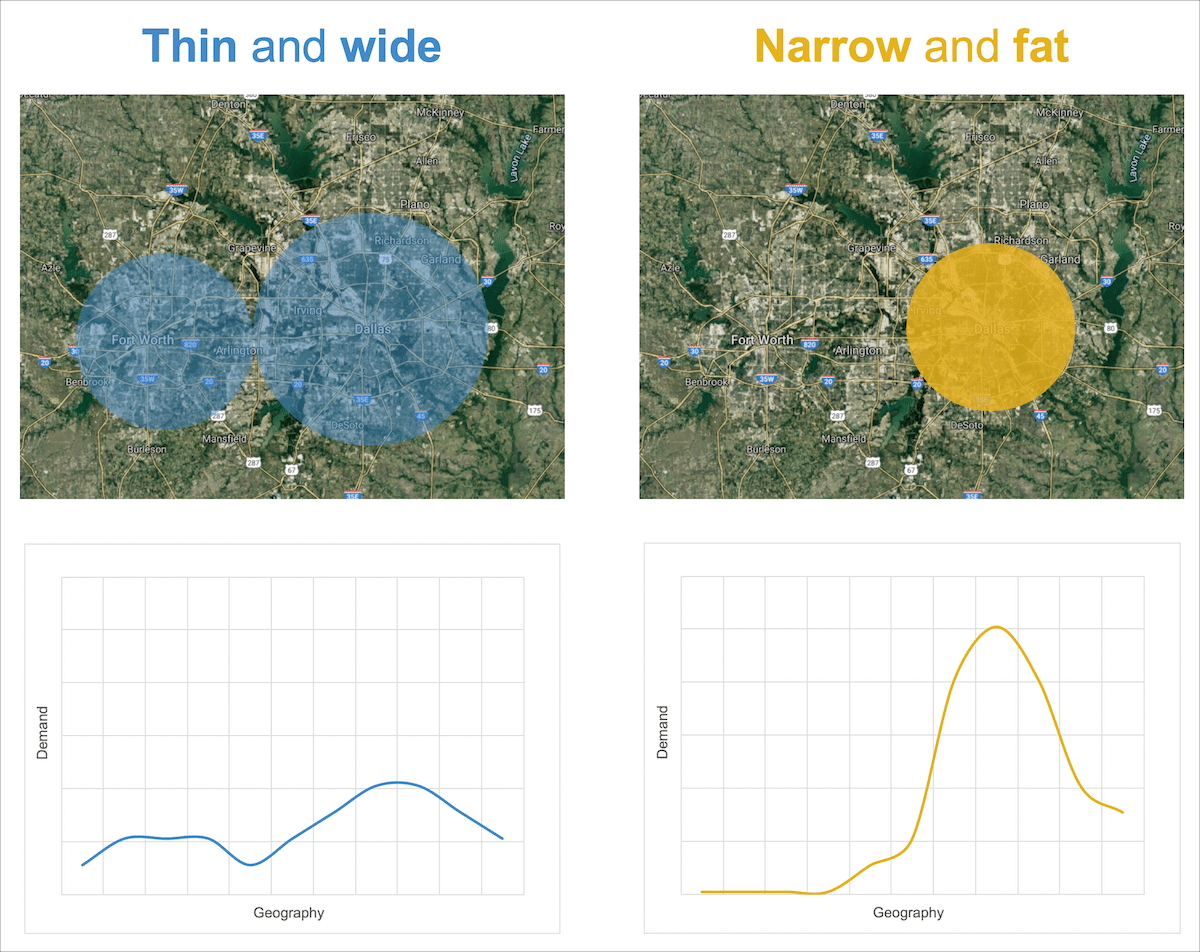Last week we addressed a real truth embedded within any successful strategy:
Timing matters.
The day after that post went out I had a meeting with a client to discuss expansion strategy… And if there’s anything that should fall into the “timing matters” category, it’s EXPANSION.
Believe it or not, as of writing, I am currently assisting four clients through massive expansion projects. Ironically, all four happen to be second locations for well established breweries.
A question that I get all the time is:
How much do we expand and how fast?
Now, keep in mind that expansion comes in many forms. It’s not only just the question of, “When and how far do we open from home base?” But also…
When do we make the move to expand our market reach (sales territory) and how far do we venture out?
When do we think about expanding our portfolio (what core beers do we offer) and by how much?
With that said, there’s always a high degree of scenario dependency to that answer. I personally stick with two general strategies for this decision-making process.
Brewery Growth Strategy A: Thin and wide
Breweries that employ this strategy aim to capture more widely distributed volume by canvassing either a larger physical space, an expanded sales territory, an expanded beer portfolio, or some combination of the three. This naturally means you end up capturing a smaller % of the market on a per-capita basis, but gain a larger overall exposure.
Thin & Wide Factors for Success:
- Cost of beer. The product cost must be lower to travel and maintain a similar margin to the brewery.
- Sales support. A far away market needs the attention of a sales rep… and the outside sales infrastructure in place to utilize them properly.
Brewery Growth Strategy B: Narrow and fat
Instead of expanding total volume of exposure, breweries that employ this strategy aim to go deeper into their home market. The aim here is total domination by capturing an ever-increasing per-capita % of your local market. It’s only when you think you’ve hit maximum saturation that you start to inch your way outwards, bit by bit.
Narrow & Fat Factors for Success:
- Placements. Achieving more placements in existing accounts
- Portfolio. Expanding your portfolio to offer delicious, trendy, offerings.
Here’s what these two strategies could look like in practice.

Why expand in the first place?
Now back to the answer to our question. Expansion should fulfill the following purposes:
- Fill in demand. Are there signals that you’re not meeting existing demand with your main location, sales territory, and product mix? Are you maxed out on taproom capacity? Do people drive to get your beer? Are you continuously shorting the distributor pickups?
- Opportunity. Are you undersubscribed in a market? Is there an opportunity to open a 2nd taproom or a new distribution channel in an underserved market? I use caution on 2nd taprooms for the sake of expansion, however if you have been successful in location #1 with experience, then its ok to capitalize on an opportunity. This option requires careful calculation.
Filling in demand is a lower-risk proposition. The more demand signals you’re getting, the quicker you can move. Also, take into consideration that sales and product expansion represent a lower bar to action than physical expansion and also represent viable opportunities for growth.
Opportunity requires more thoughtful deliberation. Examine your existing stability and profitability. Run the numbers. Identify the risks. Then, if the analysis runs in your favor, consider action. But be slower to move.
Final Thoughts On Brewery Expansion
In the end, sometimes (oftentimes) it’s okay to “sit and wait” on expansion until your demand stabilizes.
There’s nothing wrong with focusing on building interest, excitement, and profits at home base first in order to support the next step. In fact, this is exactly what disciplined growth looks like in practice.
But if you are thinking about expansion, make sure you’ve spent the time to consider both the demand and opportunity factors as well as your options for where (physical, territory, product) that expansion provides the biggest upside.